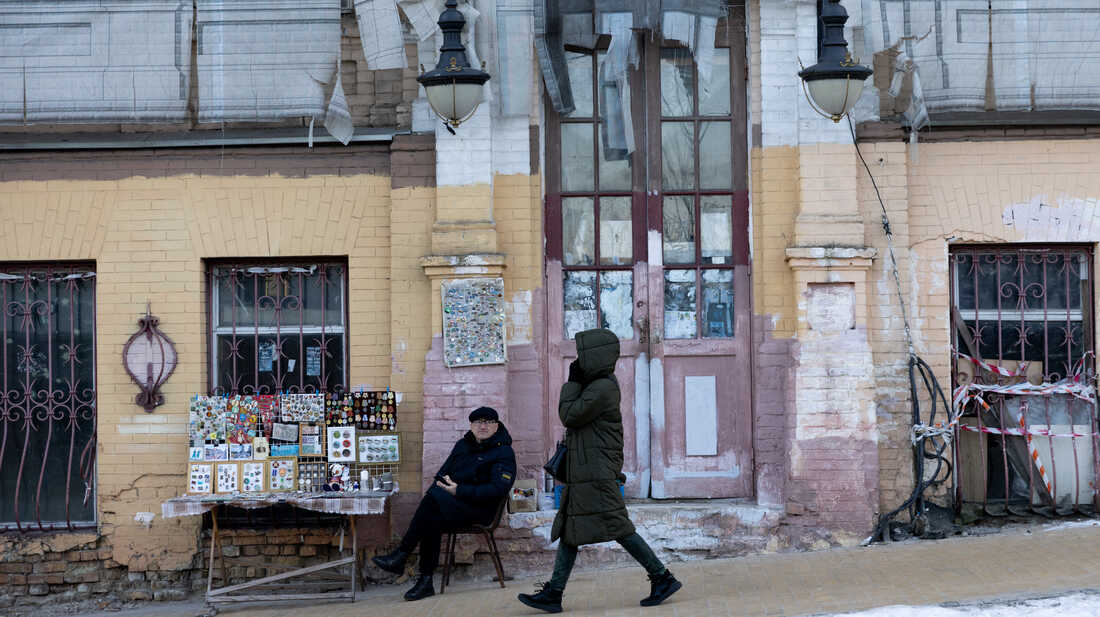
A woman walks past a man selling vintage items on the street on February 15, 2022 in Kyiv, Ukraine. Chris McGrath/Getty Images hide caption

A woman walks past a man selling vintage items on the street on February 15, 2022 in Kyiv, Ukraine.
Chris McGrath/Getty ImagesDespite reports that Russia may have withdrawn some troops from the Ukraine border, NATO says there's no evidence of de-escalation and forces remain ready to attack. But it's not just the border that is at risk.
NPR correspondent Frank Langfitt reports on hybrid war tactics like cyberattacks that Russia can, and may already be using to spark unrest in Ukraine.
And Mary Louise Kelly speaks with Russian journalist Vladimir Pozner about how the crisis feels in his country.
Email us at
This episode was produced by Lee Hale and Monika Evstatieva. It was edited by Fatma Tanis. Additional reporting from Joanna Kakissis. Our executive producer is Cara Tallo.

 Live Radio
Live Radio